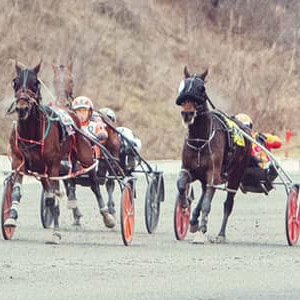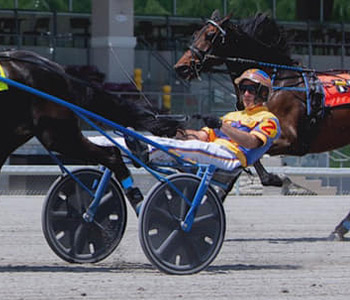

Want To Make A Bet?
Try These Tools For Higher Chances of Winning


Sometimes you’re feeling lucky. Go for it! There’s no way to predict the odds of success by this method. It’s up to you and your lucky stars. Want better odds? Move on.










All the information you’ll need is right there: where they raced, their times, who drove them and how they finished. Of course, none of this information will make any sense unless you read the page of the program that explains “How to Read The Program.” Soon the numbers and the symbols will be easy to understand.
[MPBOX id=996]
Now that you understand the program, there are few other things to look for:


Drivers, much as other athletes, possess varying amounts of ability. Anyone in the sport knows that Luc Ouellette is among harness racing’s greatest drivers, and many people bet the horses he drives just for that reason. The top drivers are easy to spot. Besides being listed among the leaders in the standings in the program, these are the reinsmen who are in the winner’s circle the most often. They know how to best plan out a race, and know how and when to get their horse to give his all. Racetracks keep track of how a driver is doing for you. Right next to his name, they list his statistics at this track. For example, near a horse Ouellette drives, you might see some thing like this: LUC OUELLETTE (155) (07/22/65) red-blk-wht (1269-261-194-161-.333) This says Ouellette, who weighs 155 pounds and was born July 17, 1965, wears red, black and white colors. At this meet he has driven in 1,269 races, winning 261 of them, finishing second 194 times and finishing third 161 times. His “Universal Driver Rating,” a number calculated like a batting average, is .333. Any number over .300 is considered excellent. Check the drivers in the race you’re handicapping; find the horses being driven by drivers whose average is .300 and make note of them.




Since almost all harness races are conducted at a distance of one mile, Standardbreds can be compared by time. However, it is important to remember that there are many other factors involved, such as post position, the particular track and its condition, and whether the horse stayed on stride for the entire trip. Just because a horse won in 1:58 last week, he may have raced against classier (and thus faster) horses. In general, though, a horse who recently won a mile race in 1:58 should post a similar time tonight. Bob says it will help your handicapping to identify the three horses that posted the fastest final times in their most recent races.
SIGN UP TO GET OUR EXCLUSIVE CONTENT
